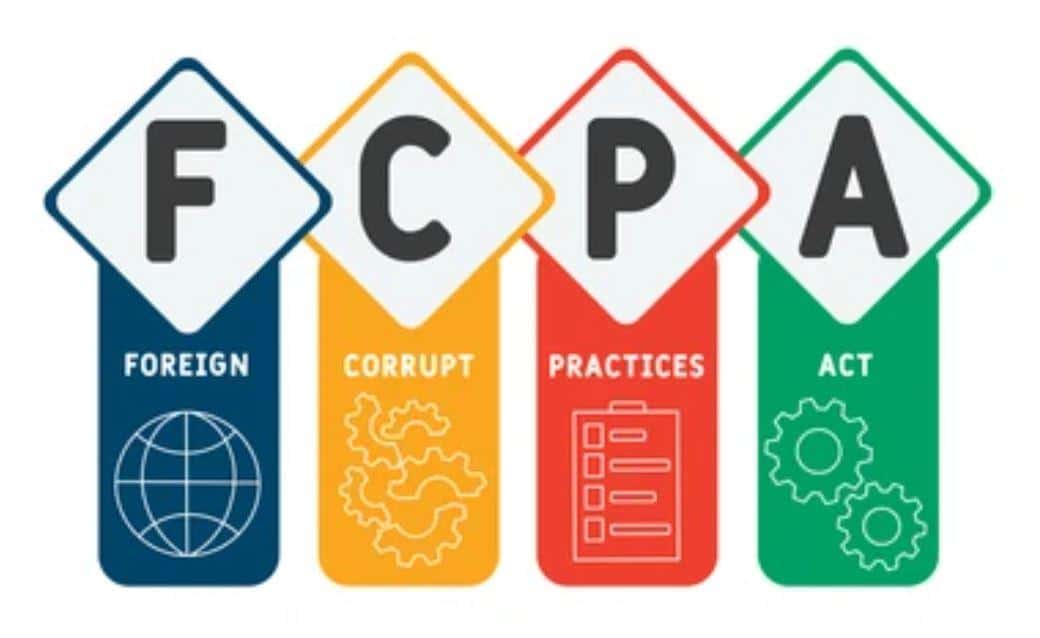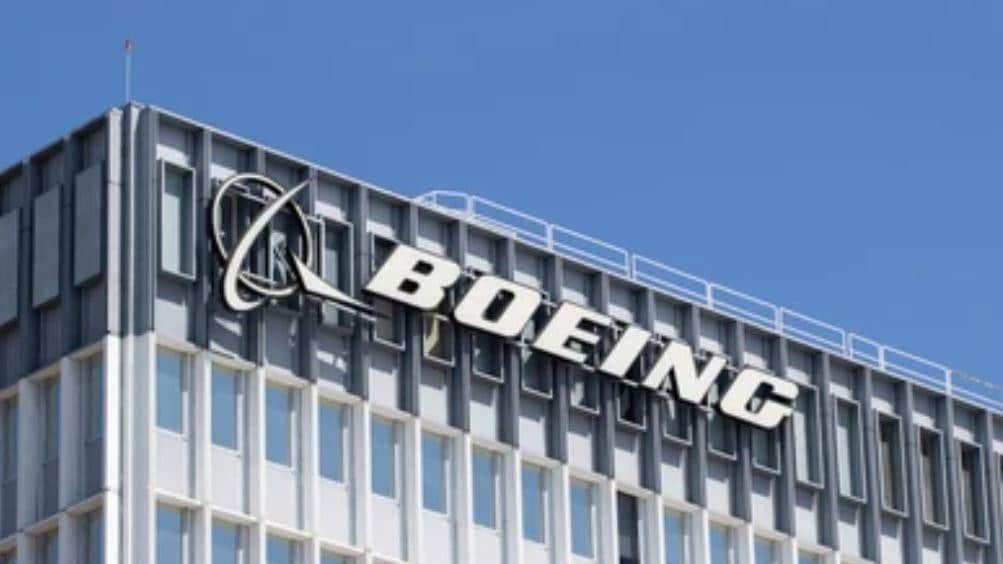
This article was originally published on Forbes & AllBusiness.com
and is reprinted here with permission: forbes.com
With innovative ways to build businesses, more strategies for offering hyper-personalized customer experiences, advancements in technology (AI alone is significantly transformative), and fresh approaches to marketing, finance, managing employees, going global, and more, 2025 promises to be a year of groundbreaking opportunities and game-changing shifts for small business owners.
How do you keep up in this fast-paced world? To help you stay ahead of the curve, I’ve tapped into the expertise of seasoned small business experts and leaders and created a series of articles to share the vital trends and actionable insights that will empower you to thrive in this ever-changing entrepreneurial world.
In 2025, small businesses are poised to navigate a landscape shaped by both opportunity and resilience. Data has shown us that access to capital is a top priority as entrepreneurs increasingly seek diversified funding sources to stabilize and grow their ventures. With rising operational costs and an uncertain economic climate, tools such as grants, loans, and alternative financing models will play a pivotal role in enabling small businesses to maintain financial resilience. Strategic planning and careful management of operational credit will become even more critical, ensuring that companies can adapt to evolving market conditions.
Policy changes will also influence how small businesses operate, with shifts in tax regulations and tariffs potentially impacting growth strategies. Small business owners must stay informed and agile as they navigate these adjustments to remain competitive.
At the same time, technology adoption will accelerate, with small businesses leveraging AI and digital tools to address operational inefficiencies and explore new growth opportunities. These innovations will not only enhance productivity but also enable businesses to stay adaptable in a dynamic market. As consumers demand more convenience and innovation, small businesses will continue to stand out by embracing creativity and flexibility, reinforcing their indispensable role in driving economic growth and innovation in the year ahead.
—Elizabeth Gore, President/Co-founder, Hello Alice
The landscape of small and medium-sized businesses (SMBs) will be shaped by a dramatic evolution in how entrepreneurship is viewed and executed in 2025. Over the past few decades, entrepreneurship has transformed from a risky and outlier career choice to a mainstream, highly aspirational pursuit. This shift will continue as SMBs increasingly embrace digital tools, accessible funding, and a culture of rapid innovation.
Entrepreneurship will become the default mindset for a new generation of SMB owners. With lower barriers to entry, increased access to capital, and a growing acceptance of risk, more individuals will start and grow businesses.
While challenges will remain—particularly around sustainable scaling, funding, and competition—the future for SMBs will be marked by an entrepreneurial boom driven by innovation, technology, and a desire for autonomy. The traditional “safe job” will become increasingly outdated, and SMBs will become the cornerstone of the modern economy.
—Eric Remer, CEO, EverCommerce
The momentum of female entrepreneurship is expected to accelerate in 2025, driven by increasing access to capital and support networks tailored to women-led ventures. Female-owned businesses are poised to become increasingly leaders in industries like technology, health and wellness, and sustainable products. Digital tools that lower barriers to entry will further amplify this growth. Women entrepreneurs will likely continue to champion inclusive work cultures and community-driven business models, setting new standards for leadership and innovation.
The number of women starting businesses is projected to outpace previous years, with minority women driving much of this expansion. Support from corporate programs that prioritize gender equity, such as grants and mentorship programs, will play a critical role.
Additionally, female entrepreneurs will benefit from increasing visibility in the media and recognition as pivotal drivers of economic growth. This shift will reinforce the narrative that investing in women-owned businesses is essential for broader societal and economic progress.
—Bridget Weston, CEO, SCORE
We expect a very active business-for-sale market in 2025. With the election behind us and expectations for further rate cuts, buyers and sellers will be more motivated to act. This comes on the heels of steady transaction growth, where entrepreneurs closed deals despite higher borrowing costs and rising inflation.
Furthermore, according to BizBuySell’s Insight Report, both buyer and seller confidence rose over last year, signifying growing optimism. Finally, accelerated demand led by corporate refugees is being met by a steady supply of businesses from retiring baby boomers. With motivated parties on both sides, 2025 should be a powerful year.
—Bob House, President Businesses for Sale, CoStar Group (BizBuySell)
Public policy can impact the business environment…for better or worse. My 2025 predictions focus on a few major issues that will be the priority of Congress and the new White House team, including:
• Key tax provisions that expire at the end of 2025 will be renewed by mid-year, if not earlier. These include the 20% small business deduction, the current exemptions for estates, full bonus depreciation, and lower individual tax rates. Congress will also restore immediate expensing for research and development expenses, which many small businesses used.
• The business community is expecting a more regulation-friendly environment under President-elect Trump. This will be the case, but small business owners can expect some uncertainty on labor and workplace regulation well into 2025 and beyond. Trump’s nominee for U.S. Labor Secretary supports various policies being pushed by organized labor (such as the PRO Act, which includes favorable pro-organizing rules and a restrictive independent contractor rule). We can expect a new Labor Secretary to attempt to focus on regulatory outcomes that balance the business community’s concerns and what labor unions want. This is a nod to the Teamsters remaining neutral (and their president speaking at the RNC convention).
• A focus on America’s health by the incoming Administration, specifically related to the quality of food we eat and what is added to processed and “fast” food, will trigger changes in government guidance and regulations (perhaps a new food pyramid?). This will fuel market momentum in the health and wellness space and offer opportunities for entrepreneurs and small businesses to tie products or service offerings to the various pillars of holistic health and wellness, such as food quality (real food minus the chemical additives and preservatives), physical fitness and movement, social engagement, de-stressor activities, and encouraging outdoor activity and being in nature.
—Karen Kerrigan, President & CEO, Small Business & Entrepreneurship Council
A lot of volatility is my global trade outlook for 2025. Here’s why.
President-elect Donald Trump has threatened tariffs against China, Mexico, and Canada, impacting businesses large and small. The extent of the impact is hard to tell, but even economists agree that imposing tariffs across the board will raise costs for many businesses and alienate allies who prefer to cooperate rather than confront.
According to The Budget Lab at Yale, tariffs of 25% on Canada and Mexico and 10 percentage points added to existing tariffs in China would raise U.S. consumer prices by 0.75% next year. That amounts to more than $1,000 in lost purchasing power per household. With reduced global trade, border communities like Texas and elsewhere could see unemployment rates soar.
Should the dollar strengthen, export-related businesses will experience an uptick in exports depending on the type of product they export and the market they enter. However, if China, Mexico, or Canada impose retaliatory tariffs against the U.S., export opportunities for American businesses will be dampened, meaning companies will need to look for new avenues of growth in other markets.
Import-related businesses will either absorb higher costs that reduce their profit margins or pass on the higher costs to their customers. We’ll see a big run-up from businesses bulking up on essential goods from China, Mexico, and Canada because they don’t know how Trump’s moves will impact their activities. But if they buy too much too soon, they stand to run into a cash crunch. And if their customers decide they no longer want the merchandise they pre-ordered, they’ll face another cash crunch due to the potential payment default.
Small businesses looking for new suppliers in other countries may find that those countries can take advantage of them by raising prices, knowing American businesses need to diversify.
Small businesses should take tariff prospects in stride. They should consider all options, pick the one that best suits their businesses, and act on it, whether or not there are tariffs.
The bigger question is whether the economy will keep growing in 2025. That’s anyone’s guess. I believe Trump is using tariffs as a scare tactic, a “do as I threaten or else.” It’s a negotiating tactic that he used during his first term. Adam Grant writes that no one knows how the next four years will play out. "But in the worst of times, embracing uncertainty proves liberating. It reminds us how quickly our fortunes can change.”
—Laurel Delaney, Founder and President, Women Entrepreneurs Grow Global®; Founder, GlobeTrade.com
Global conflict will likely continue to strain global supply chains regarding efficiency and cost. The impact of regional wars and conflicts on the maritime shipping industry is also likely to increase, leading to increased costs being passed along to large and small businesses. To minimize the bottom-line impact, companies need to develop contingency plans and consider new ways of identifying and vetting new trade partners, particularly given ongoing supply chain threats and the need to manage inventory and supplies.
Terrorism and social unrest will continue in 2025, affecting shipping routes. Social unrest following the numerous elections that have occurred globally over the past year will continue to impact businesses regionally.
Cybersecurity continues to be among the top five issues companies and individuals face, costing billions annually. And AI is making misinformation and disinformation increasingly harder to identify. AI may help some SMBs become more efficient, but there are also potential downsides, like making it even easier for criminal networks to take advantage of users, which is very costly for SMBs. Ransomware, phishing attacks, malware, data breaches, and supply chain attack vectors have all made the list of top cybersecurity threats in the past year. SMBs are hit four times more often by cyberattacks, resulting in them paying large ransoms to regain access to their systems. This is expected to grow further in 2025 as criminal enterprises incorporate AI into their processes.
The top 10 geopolitical risks projected for 2025 are:
—Candice Tal, Founder & CEO, Infortal Worldwide



